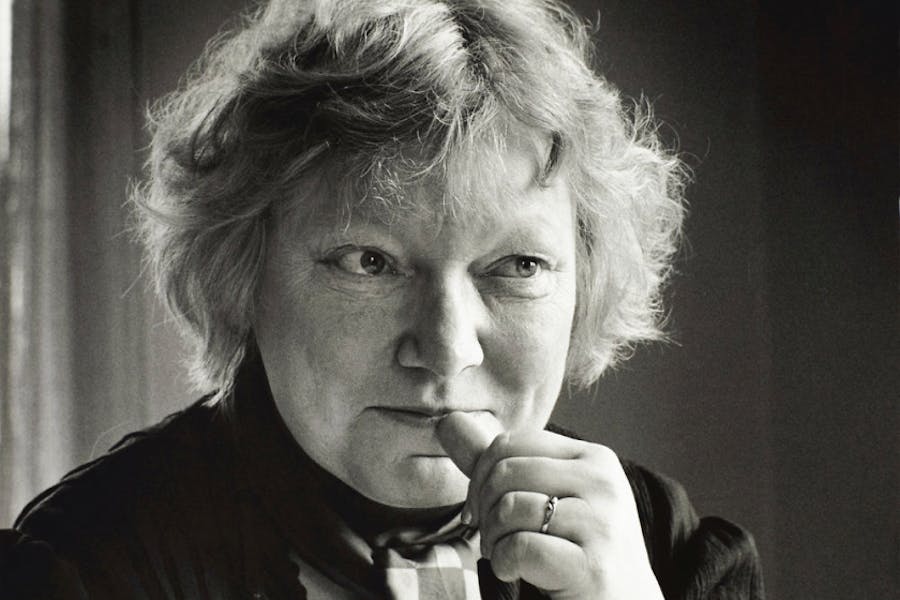Our design approach
Our design approach is distinctly interdisciplinary: We combine deep anthropological knowledge and rigorous biological research with award-winning design expertise and high artistic ambitions.
Our design process is a continuing exploration of science and art; of research and creativity; of strong business cases and generous social commitment; of functional problem-solving and the livable and enjoyable everyday life. A complementary approach that drives everything we do.
The results are poetic and sensuous projects that solve today’s biggest urban challenges, provide value for our clients, create genuine life quality for all, and put all things living – people, cities, animals, and plants – first.
People, nature, and design
Our design process is founded on the combination of biology, anthropology, and design: It is in the deep interconnectedness between people, nature, and design that our projects come into being.
Our design process is iterative, including, and interdisciplinary. Together we explore, question, prototype, imagine, re-imagine, and join our creative forces to create human-centered and nature-based design solutions.
Our professions and backgrounds may vary, but our shared goal is always the same: To design the best possible places for life. All life.

City Nature™
The fundamental concept of our design approach is City Nature™.
City Nature is man-made nature that solves man-made problems and makes our cities and societies more livable, resilient, and meaningful. City Nature learns from the processes and phenomena of nature. It creates habitats for animals and plants and preserves and strengthens our cities’ ecology and biodiversity. City nature utilizes nature’s ecosystem services to make our cities more resilient and our lives in them better.
Our City Nature consists of four performative values – all equally fundamental in designing the best possible places for life. These four values are:
Biological value
City Nature’s biological value is securing space in our cities and communities for all life – plants, animals, and humans. This is essential because strong biodiversity makes our lives richer, our cities more resilient, and our communities healthier. And because preserving and strengthening our planet’s biodiversity simply is the right (indeed only) thing to do.
We only have Earth and its resources on loan, and we must deliver it back in better condition than when we lent them. A City Nature that ensures biological diversity is therefore imperative.

Social value
City Nature’s social value is all the good effects we know that nature has for humans. We become healthier, happier, and have less stress if we live close to nature. And we become more social, more active, and experience less crime in nature-based urban spaces.
The social and human potentials of nature are well-documented and have the advantage of working on everyone, regardless of gender and social or cultural background. Our City Nature creates better social conditions for all – both at individual and societal levels.

Utility value
City Nature’s utility value centers on the many ecosystem services that a well-designed City Nature provides to make our cities and communities resilient and healthy. From stormwater management and storm surge protection to air pollution cleansing, urban heat island mitigation, and microclimate optimization.
Thus, City Nature is not about whether our cities become “more beautiful” to look at. Instead, it is about creating a new balance between the built and the grown environment and thus making our cities more resilient and livable in the future.

Aesthetic value
City Nature’s aesthetic values take seriously the fact that we humans are part of nature – yes, that we are nature. City Nature reminds us of this precisely by giving us deep sensory, physical, and psychological experiences that make us feel one with nature. This sense of togetherness does not only provides us with existential satisfaction. We also understand and recognize our place on our planet – as well as our responsibility for it.
City Nature makes life meaningful for the individual; reminds us of our shared responsibility; and gives us the power and determination to act.

Our designs create value
We are highly specialized in using nature and landscape design strategically. Not as nice-to-have beautification. But as fundamental elements in securing a healthy and profitable business case for our clients.
Our designs have a proven track record of providing lower establishing costs, healthier and happier employees, higher property value, a more innovative, productive, and creative workforce, increased footfall and revenue for retail, stronger branding value, future-ready climate adaptation, and lower maintenance and operating costs.
All the while creating resilient, social, and beautiful places for all.
We believe in the power of process
We believe in the power of an innovative, collaborative, and inclusive design process.
As our client, we bring you along on our design journey and invite you to join our mission, challenge our thinking, and expand our horizons. Together we learn, together we grow, and together we create the best possible projects.



Fundamentals
Come explore the fundamentals of our office together with us


fund. 20
Sakuteiki
– The Book of Garden
Read more

fund. 26
Atmosphere
Read more
fund. 26
Sound
Read more





fund. 27
White
Read more

fund. 12
Mist
Read more

fund. 25
Roots
Read more












fund. 19
Essay: The Bark Room
Read more










